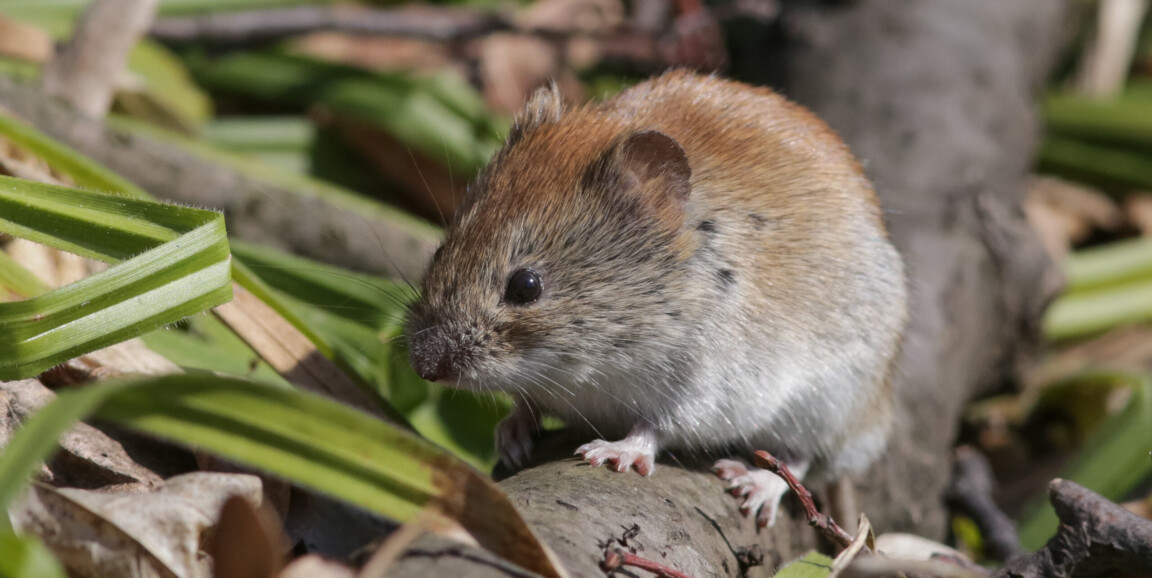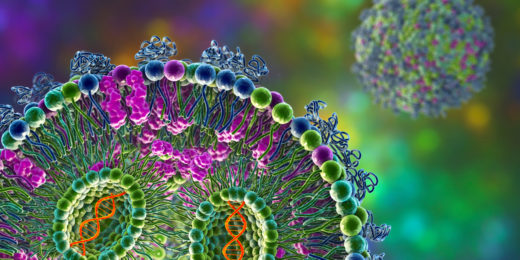What is love? Scientists want to know, too. But, it turns out, they may have been looking in the wrong places.
Stanford Medicine researchers and colleagues at two other institutions report surprising results from a study that turns a dogma concerning the biology of friendliness, romantic attachment and parental probity on its head.
They found that stifling the activity of oxytocin, colloquially known as the love hormone, in prairie voles doesn't change these rodents' behavior -- they remain the monogamous, protective parents they've always been.
"As you can imagine, this is huge," said Nirao Shah, MD, PhD, professor of psychiatry and behavioral sciences and of neurobiology at the Stanford University School of Medicine.
Long considered important in mammalian pair bonding and good parenting, oxytocin has been stewarded into numerous clinical trials on the assumption that, administered as a drug, it might encourage sociability in people with conditions such as schizophrenia and autism spectrum disorder.
The new study, published Jan. 27 in Neuron, seriously challenges that assumption.
Hormones in the driver's seat, or in the dirt?
Hormones are chemical messengers that influence the way cells act. (And multi-celled organisms such as humans are, after all, composed of cells.) Hormones circulate throughout the body doing various things from regulating sugar uptake and sodium retention to sex drive and the menstrual cycle. In every case, they work by latching on to molecular receptors.
Different hormones latch on to different receptors. Some cells have receptors for hormone A or hormone B; others don't. A cell without a matching receptor for a given hormone has no way of knowing a hormone is in the neighborhood, much less which one it is. So, it won't respond to that hormone.
Oxytocin, too, is understood to act by binding to its own dedicated receptor, a cell-surface protein that abounds in distinct structures in the brain.
Previous studies of oxytocin's activity have largely relied on drugs that block or mimic the molecule's binding to its receptor. But drugs can be notoriously imprecise in space and time, Shah said. They can diffuse to areas unrelated to the one under study, and they can persist in a tissue or on a cell surface for longer than scientists intend, producing a spurious result. And they can trip off, or inhibit, activities in cells that weren't meant to be part of the experiment. They're never 100% perfect at mimicking the action of the substance they're supposed to mirror.
"We were curious about whether oxytocin signaling in fact mediated all the various aspects of social attachment and other behaviors attributed to it, because most of the work had been done with pharmacological agents," Shah said.
He and his colleagues turned to a more meticulous genetic technology. They used CRISPR - an extremely precise molecular editing technique used to snip out stretches of DNA - to delete the gene for the oxytocin receptor in prairie voles.
Gotta love those prairie voles
Not all that many animals are doting parents, mind you. (Scorpions sometimes eat their young.) And very few are monogamous. But as a species, prairie voles serve as the ultimate commercial for lifetime marriage and nuclear families. Couples, once bonded, stick together for the long run. They huddle over their pups to keep them warm, and they retrieve any of their offspring who wander too far from the nest and into harm's way. Plus, these fuzzy, nuzzling natives of the U.S. Midwest are quite cute.
The investigators' experiments showed that long after mating, pairs of voles that lacked oxytocin receptors continued to hang out together. Not only that, but they displayed outright aggression toward opposite-sexed strangers of the same species -- the opposite of what would be expected of a non-monogamous animal of any species. Moms happily nursed their newborns. Dads chipped in, helping keep the pups warm, clean and close by.
In short, prairie voles whose oxytocin receptors are non-existent still exhibit monogamous behavior and conscientious co-parenting. Apparently, oxytocin signaling through its receptor isn't required for this loving behavior, as has been assumed, Shah said.
In fact, no result from the study - which was 15 years in the making - indicated a critical role for the oxytocin receptor in pro-social behavior (at least, not in prairie voles) or, by extension, for oxytocin.
Either oxytocin just plain isn't essential to the cuddly camaraderie long attributed to it, or maybe in the total absence of this receptor, compensatory brain circuitry arose in early development to step up and take on pair-bonding and parenting responsibilities.
Or could it be that this hallowed hormone is two-timing its acknowledged receptor via covert liaisons with some mysterious, as-yet-unidentified receptor hiding in plain sight?
It's also possible that some other, more relevant biological pathway - perhaps involving another hormone such as vasopressin, which is structurally and physiologically similar to oxytocin - may be underlying all these pro-social effects attributed to oxytocin.
In any case, the study's findings may explain why several clinical trials of oxytocin as a treatment for alleviating social symptoms of autism or schizophrenia have generated mixed or downright disappointing results in the past year or so, Shah suggested.
"It looks as though people may have been barking up the wrong tree," he said.
Photo by Victor






